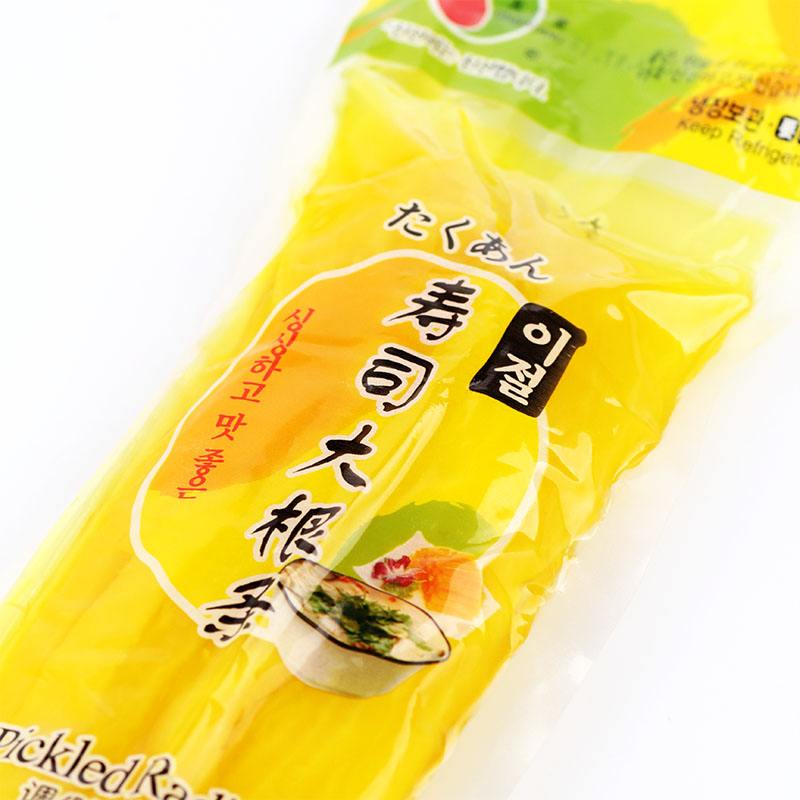THE FIRST LAO rice wine available to the public in the United States is made just outside Seattle. It’s called Village Ghost sato, and its spirit might stay with you. Holding a glass up to the light, it practically glows, faintly golden. Does it have a little extra honeyed viscosity? Subtle, low-pitched floral scents, then tastes of pear and melon materialize, joined by a slight salinity and a hint of ferment. Tasting-note verbiage aside, Village Ghost sato is just so very good.
It’s a taste akin to a combination of riesling and sake, according to Village Ghost founder and winemaker Khamphone Jot Voraphaychith (he goes by Jot). But if you’re opposed to either or both of those, don’t be scared away. You could drink Village Ghost sato as a dessert wine, but there’s nuance and richness — a sort of earthiness — complementing its sweet quality. It also works like magic with salty, spicy, umami flavors, like those of acclaimed Lao restaurant Taurus Ox in Seattle. Pickled Vegetable

There, Village Ghost sato is served by the glass or bottle to go with the likes of the crispy, chewy, smoky housemade beef jerky, or the sausage incorporating garlic, lemon grass, scallions, chilies and makrut lime leaf. Elsewhere in Seattle, Oliver’s Twist, Kedai Makan and Morfire serve Voraphaychith’s sato; farther afield, it’s at Blossom Vegetarian in Renton, Indo Asian Street Eatery in Tacoma and Thai on Main Street in Monroe.
Online orders for bottles of Village Ghost are fulfilled at the production facility in Kent, though “production facility” might be putting it a bit grandly, Voraphaychith notes, laughing. His operation still falls into the category that French winemakers call garagiste — right now, Village Ghost is all him, with the help of his wife, Maria, working bottle by bottle in part of his three-car garage. He still has another full-time job. Making his own sato here started as a hobby 10 years ago, but the connection goes back far further and deeper than that, to ties of family, village and country.
The ethos is partly captured in the name Village Ghost. As for the first word, “That’s where everybody really comes from, right?” he says. “We come from some sort of a village, and especially in Southeast Asia, my family comes from a village.” The idea “just represents family and community.”
As for “the ‘ghost’ part — to me, that’s just ancestral, ancestry. All of us are basically a village ghost. We’re all products of our parents, our grandparents, things from the past, even traditions, right?” Voraphaychith muses. Ghosts are not to be feared, but rather “memories that you have created in the past, traditions that you try to carry forward.”
The imagery on the Village Ghost bottle carries meaning, too. “The village ghost is sitting in the Asian squat posture” on the label, Voraphaychith notes. “That’s how people typically sit in Southeast Asia when they need to take a break … And then he’s also adorned with the sarong.” Getting home from work, Voraphaychith’s father would “throw on a sarong, and that would be his clothes at home, wearing a sarong around the house.
“And so I thought that was kind of nice imagery that would really relate people back to Southeast Asia and Laos,” Voraphaychith continues. “And then again, going back to the village ghosts, my dad’s not around with me anymore …
“The village ghost itself could also represent family members from the past.”
Voraphaychith took his first sip of sato out of an unlabeled plastic milk carton his father had in the fridge. He was around 11. He recalls that the carton was slightly swollen, due to fermentation; this particular sato was cloudy white, with rice grains floating in it. It smelled like flowers, and the taste was very sweet. “I was like, ‘Oh my gosh, this is really good,’ ” he says, laughing. “That’s how it started … I told my dad about it, and he got mad at me. He was like, ‘No, you’re not supposed to drink that — that’s alcohol!’ ”
The taste stayed with him, and he eventually learned that his family’s history intertwined with it going back generations. In Laos, Voraphaychith’s mother had learned the process of making sato — with the country’s staple khao niew, or sticky rice, plus yeast and water — from his grandmother, who also made and sold balls of yeast to her fellow villagers for their sato-making. His mother became a teacher, and his father was an officer in the Royal Lao Army; they lived in a riverfront house on the Mekong River, and they also owned rice fields.
After the Pathet Lao Communist Party takeover of Laos in 1975, Voraphaychith’s father was taken to a re-education camp. Then, “My mom, for a brief time, made and sold the distilled version of sato called lao khao,” he recounts. “She remembers it as a difficult time … There were big floods in the region, [and] she remembers packing the lao khao in a boat to take it to the store to sell.
“My father fled the camp, and we made our first attempt of escaping Laos into Thailand in 1981,” Voraphaychith continues. His father was separated from the rest of the family, who were sent back to Laos. The next year, Voraphaychith, his mother and siblings reached Thailand. “After bouncing around four refugee camps for a year, we were finally reunited with my father,” he says. Immigrating to the United States in 1983, “Our family called Kennewick home, until the children moved to various states after college.”
Voraphaychith learned the centuries-old ways of making sato from his mother, side by side, starting when he was in 11th grade. He still uses her recipe.
Working in his garage, he feels a connection to his past and family, Voraphaychith says. “From the process of washing the rice, to cooking the rice, to fermenting, I think of my mom and grandma making sato along the Mekong River among rice fields,” he says. “I think of my ancestors before them, who were doing this very same process for hundreds of years.” It’s the same three pure ingredients, and the same natural parallel fermentation, in which the yeast breaks down the rice’s starch into sugar and converts that sugar into alcohol.
Continuing the tradition is a tribute Voraphaychith undertakes with pride and with hope. He’d like to see sato become synonymous with the cuisines of Laos and neighboring Thailand in the way that sake is with Japanese food, soju with Korean.
Voraphaychith also included the Lao goddess Nang Kwak in the background of the Ghost Village label — fortuitously even before, he says, he learned she is the deity of rice. Also on the bottle, there’s the Ghost Village motto, “Huk Pang Gun!” It’s something his father always said to him and his siblings, Voraphaychith says: “Love and take care of one another!”

Yaki Sushi Nori 50 Sheets The opinions expressed in reader comments are those of the author only and do not reflect the opinions of The Seattle Times.
